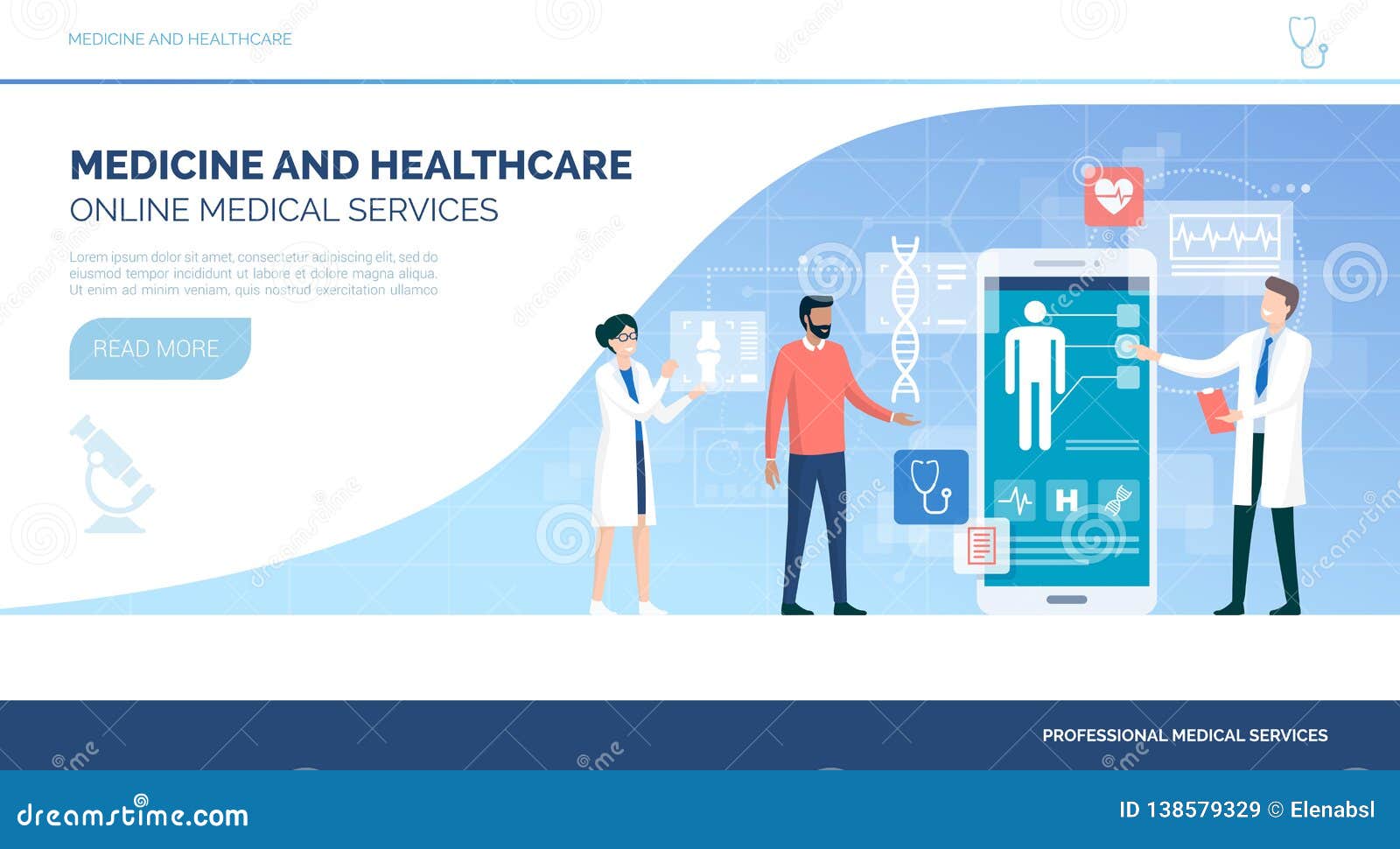How Subscription Based Healthcare is Changing Patient Accessibility to Services
How Subscription Based Healthcare is Changing Patient Accessibility to Services
Blog Article
Exactly How Subscription-Based Healthcare Is Changing the Clinical Market

The Rise of Registration Health Care
Recently, the healthcare sector has experienced a considerable shift towards subscription-based designs, showing more comprehensive consumer patterns preferring ease and predictability. This change is driven by the boosting demand for even more individualized and accessible treatment remedies. Membership medical care, in some cases described as attendant medicine or direct main care, offers people a fixed month-to-month cost for a variety of medical services, significantly modifying typical fee-for-service models.
The increase of subscription health care is promoted by advancements in modern technology, which make it possible for structured interaction between service providers and individuals - subscription based healthcare. Digital platforms and telehealth services have actually become important, supplying patients the ability to set up consultations, gain access to medical records, and obtain appointments online. This technical combination not just enhances patient involvement but likewise allows companies to provide more efficient treatment
In addition, the registration version straightens with the developing expectations of individuals that look for more control over their medical care expenses and experiences. While this version is getting grip, its spreading encounters difficulties such as regulatory hurdles and the requirement for broader acceptance within the typical healthcare ecosystem.
Benefits for Suppliers and clients
Subscription-based medical care uses a wide variety of benefits for both people and suppliers, reshaping the dynamics of treatment. For individuals, this model offers enhanced accessibility to health care solutions. With a foreseeable regular monthly charge, patients can take pleasure in endless examinations, decreased delay times, and personalized care. This plan usually brings about a much more proactive technique to health monitoring, enabling timely interventions that can protect against chronic problems from intensifying. In addition, the financial transparency of membership models minimizes the changability related to traditional fee-for-service billing, relieving the concern of unexpected medical expenditures.
For doctor, subscription-based designs foster a more sustainable and enjoyable technique. By protecting a stable income stream, service providers can concentrate on supplying top quality care without the pressure of volume-based solution. This model motivates longer client assessments, fostering stronger patient-provider relationships and enhancing wellness end results. Furthermore, it provides companies the adaptability to introduce and include alternative and precautionary care practices. Administrative tasks are often streamlined, minimizing overhanging expenses and allowing suppliers to devote more time to individual interaction. Overall, subscription-based medical care straightens the rewards of suppliers and patients, promoting a more efficient and patient-centered healthcare distribution system.
Secret Functions of the Design
Frequently, the essential features of the subscription-based health care model emphasize its distinctive method to providing clinical solutions. Central to this design is the concept of foreseeable, month-to-month payments, offering patients an extensive series of services without the changability of traditional fee-for-service structures. This model site web often includes limitless accessibility to health care solutions, preventive care, and regular exams, making sure that individuals can engage with their doctor proactively as opposed to reactively.
Furthermore, straight communication channels, such as telemedicine and messaging platforms, are highlighted, allowing individuals to obtain timely guidance and consultations without needing in-person visits. This enhances access and benefit, especially for individuals with flexibility constraints or those staying in remote areas. The design likewise fosters more powerful doctor-patient connections, as doctor are incentivized to concentrate on lasting health outcomes as opposed to short-term gos to.
Additionally, subscription-based healthcare typically integrates technical advancements, such as electronic health records and wellness surveillance apps, to give effective and tailored treatment. Patients take advantage of coordinated and constant care administration, which is customized to their details health and wellness needs. Eventually, these functions jointly develop a patient-centered medical care experience, prioritizing accessibility, price openness, and preventative treatment.

Considerations and obstacles
While the subscription-based health care model uses countless advantages, it is not without its difficulties and factors to consider. One considerable difficulty is making sure fair gain access to. Registration versions might unintentionally favor those with greater socioeconomic condition, possibly expanding disparities in health care gain access to for lower-income individuals that might deal with monthly costs. This increases honest issues regarding inclusivity and equity in healthcare distribution.
An additional challenge depends on regulatory compliance. Subscription-based health care must browse an intricate web of regulations that differ by region, consisting of problems around individual confidentiality, data security, and state licensing demands. Ensuring conformity without hampering the model's adaptability and innovation can be discouraging for service providers.
Additionally, there is the threat of overutilization or underutilization of solutions. People paying a fixed cost could overuse services, bring about enhanced operational prices, while others could underutilize as a result of fear of burdening the system, potentially ignoring required care.
Future Leads and Innovations
The landscape of subscription-based medical care is positioned for transformation through emerging advancements and advancing prospects. As technology continues to development, the integration of expert system and equipment discovering presents substantial possibilities to boost diagnostic accuracy and simplify individual management. Predictive analytics can official statement revolutionize precautionary treatment by identifying potential health and wellness threats prior to they manifest, consequently reducing both prices and the problem on healthcare systems.
Additionally, telemedicine is readied to broaden within registration versions, offering patients raised accessibility to healthcare specialists no investigate this site matter of geographical constraints. This not only facilitates continuity of treatment yet also empowers clients to engage more proactively in their health monitoring. Additionally, blockchain modern technology provides prospective in safeguarding individual data and making sure interoperability throughout systems, promoting trust fund and transparency.
The development of individualized medication is one more frontier, with registration models offering a special framework for delivering customized wellness options. Genetic testing and personalized treatment plans can be seamlessly incorporated, straightening patient requires with certain clinical interventions. Partnerships in between tech business and medical care companies are likely to yield cutting-edge remedies, improving client experiences and end results. As these potential customers materialize, subscription-based health care has the possible to redefine how treatment is supplied and accessed.
Verdict
Subscription-based medical care is transforming the medical sector by supplying a more easily accessible, predictable, and patient-centered strategy to clinical services. This model boosts patient-provider partnerships, makes certain economic openness, and emphasizes precautionary care through limitless appointments and telemedicine. In spite of difficulties such as regulatory obstacles and possible variations in accessibility, the registration version holds pledge for an extra reliable and personalized medical care experience. As innovation advancements, better developments are likely to address existing difficulties and maximize medical care shipment.
Registration healthcare, sometimes referred to as attendant medicine or direct key care, uses people a fixed monthly charge for an array of medical services, considerably modifying typical fee-for-service designs.
Furthermore, the registration model aligns with the advancing expectations of patients that look for even more control over their medical care expenses and experiences. For individuals, this version offers enhanced access to medical care services. Generally, subscription-based medical care lines up the motivations of individuals and companies, promoting a more patient-centered and reliable medical care shipment system.
Additionally, telemedicine is set to expand within registration versions, offering clients boosted accessibility to healthcare experts no matter of geographical restraints. - subscription based healthcare
Report this page